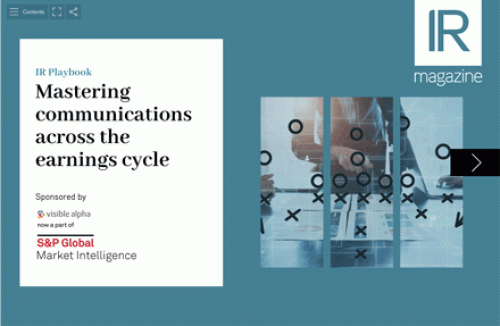More than nine in 10 (92 percent) of the world’s largest firms have at least one asset at ‘high risk’ to physical hazards caused by climate change by the 2050s, according to research from S&P Global – a figure that rises to 98 percent by the 2090s.
More than a third (34 percent) of companies in the S&P 1200 have at least one asset where the physical risks of climate change are equivalent to 20 percent or more of that asset’s value by the 2050s, rising to 48 percent by the 2090s unless something changes, say the researchers.

Global Sustainable1
This jumps to 70 percent by the 2050s among utilities, energy and materials companies, adds S&P Global.
Researchers deem an asset to be high risk if it scores more than 75 out of 100 in the firm’s newly launched Physical Risk Exposure Scores and Financial Impact dataset. The dataset includes exposure scores, describing the exposure of an asset or company to climate-change hazards as well as financial impact metrics reflecting the projected future financial costs of changing hazard exposure, expressed as a percentage of the value of the exposed assets.
It covers exposure to eight climate change hazards: extreme heat, extreme cold, wildfire, water stress, drought, coastal flood, fluvial flood and tropical cyclone. The dataset provides information on the exposure of more than 20,000 companies and more than 870,000 asset locations, says the firm, offering decadal averages from the 2020s to the 2090s for all scenarios and hazards on a ‘business as usual’ basis.
S&P Global says the share of large companies with assets at high physical risk could be reduced to 39 percent – a 20 percent reduction – by the 2090s under an emissions scenario consistent with limiting global temperature rises to less than 2°C.
‘In 2022, many countries have experienced unprecedented weather conditions, including heat waves in the UK, wildfires in the US and record temperatures in China,’ says Steve Bullock, managing director, global head of ESG innovation and solutions at S&P Global Sustainable1, the sustainability intelligence arm of S&P Global.

The Climate Service
‘Against this backdrop, this new dataset uses the best available climate models and integrates a new climate-change hazard – drought – to ensure market participants have access to high-quality data and evidence-based insights as they seek to understand and adapt to their exposure to the physical risks of climate change.’
At a time when investors and companies alike are seeking to ‘quantify the financial impact of climate change at asset level,’ James McMahon, CEO of The Climate Service, which was acquired by S&P Global in January this year, adds that the new dataset ‘allows companies and investors to understand their climate risks – and, vitally, what they could cost’.










